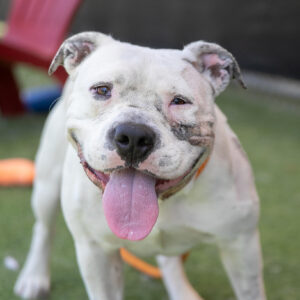
Almost anyone, at any age, can do some type of physical activity. You can still exercise even if you have a health condition like heart disease, arthritis, chronic pain, high blood pressure, or diabetes. In fact, physical activity may help. For most older adults, physical activities like brisk walking, riding a bike, swimming, weightlifting, and gardening are safe, especially if you build up slowly. You may want to talk with your doctor about how your health condition might affect your ability to be active.
Researchers are assessing the benefit of exercise to delay mild cognitive impairment (MCI) in older adults and to improve brain function in older adults who may be at risk for developing Alzheimer’s disease. Older adults with MCI may be able to safely do more vigorous forms of exercise, similar to older adults without MCI, provided there are no other underlying health concerns.
Being active and getting exercise may help people with Alzheimer’s or another dementia feel better and can help them maintain a healthy weight and have regular toilet and sleep habits. If you are a caregiver, you can exercise together to make it more fun.
Tips for helping a person with dementia stay active
Take a walk together each day. Exercise is good for caregivers, too!
Use exercise videos or check your local TV guide to see if there is a program to help older adults exercise.
Dance to music.
Do simple tasks around the home, such as sweeping and dusting.
Use a stationary bike.
Use soft rubber exercise balls or balloons for stretching or throwing back and forth.
Use stretching bands.
Lift weights or household items such as soup cans.
Flexibility exercises such as upper- and lower-body stretching and tai chi can help keep joints moving, relieve stiffness, and give you more freedom of movement for everyday activities.
Strengthening exercises, such as overhead arm raises, will help you maintain or add to your muscle strength to support and protect your joints.
Endurance exercises make the heart and arteries healthier and may lessen swelling in some joints. Try activities that don’t require a lot of weight on your joints, such as swimming and biking.
If you have arthritis, you may need to avoid some types of activity when joints are swollen or inflamed. If you have pain in a specific joint area, for example, you may need to focus on another area for a day or two.
If you have COPD, talk with your healthcare provider or a pulmonary therapist to learn what he or she recommends. You may be able to learn some exercises to help your arms and legs get stronger and/or breathing exercises that strengthen the muscles needed for breathing.
Pulmonary rehabilitation is a program that helps you learn to exercise and manage your disease with physical activity and counseling. It can help you stay active and carry out your day-to-day tasks.
For people with diabetes, exercise and physical activity can help manage the disease and help you stay healthy longer. Walking and other forms of daily exercise can help improve glucose levels in older people with diabetes. Set a goal to be more active most days of the week, and create a plan for being physically active that fits into your life and that you can follow. Your healthcare team can help.













